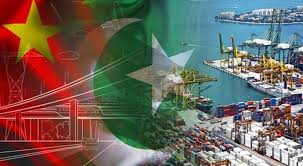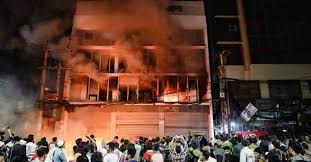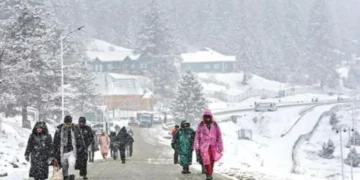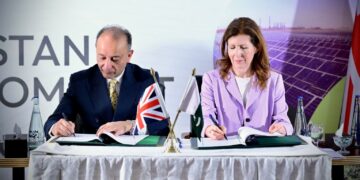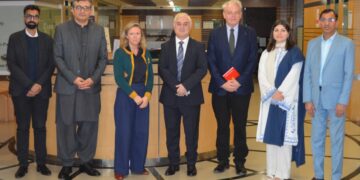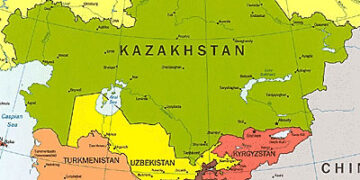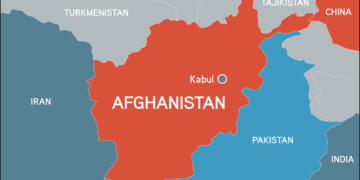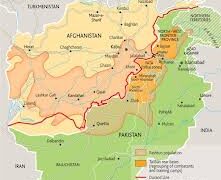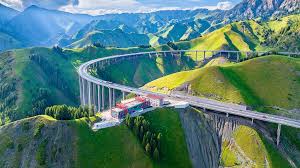Web Desk (Special Report); Pakistan, home to the world’s largest concentration of glaciers outside the polar regions, faces a looming environmental crisis. The towering mountain ranges of Gilgit-Baltistan and Khyber Pakhtunkhwa host nearly 7,000 glaciers, but what was once considered a natural treasure is now turning into a source of recurring disaster due to climate change.
In Hunza, the Shisper Glacier has repeatedly formed dangerous glacial lakes, threatening local communities. In recent years, one such Glacial Lake Outburst Flood (GLOF) destroyed the Hassanabad Bridge, swept away homes, and damaged farmland. While timely warnings from local authorities and the Meteorological Department prevented large-scale loss of life, the destruction was severe.
Experts warn that the Siachen Glacier is retreating at a rate of 110 meters per year. If this trend continues, by 2035 its volume could shrink to just one-fifth of its 2011 size. This retreat not only threatens the ecological balance of the region but also has serious implications for the flow of the Indus River. Similarly, the massive Baltoro and Biafo glaciers are also melting at an alarming pace, altering river flows and heightening the risk of catastrophic floods in downstream regions.
According to the Meteorological Department, more than 3,000 glacial lakes have already formed in Pakistan, dozens of which are classified as “high-risk.” Sudden bursts from these lakes could directly impact millions. Estimates suggest that between two to seven million people are vulnerable to such hazards.
The summer of 2025 offered a grim reminder of this threat. In July and August, a deadly combination of monsoon rains and accelerated glacier melt unleashed destruction across Gilgit-Baltistan and Khyber Pakhtunkhwa. Rivers swelled to dangerous levels, bridges and roads were washed away, homes collapsed, and thousands were displaced. In Danyore, Gilgit, seven volunteers lost their lives after being buried under a landslide while repairing an embankment.
Climate scientists caution that if global warming trends persist, Pakistan could witness a 65 percent increase in glacial melt in the coming years. This would mean not only more frequent floods but also greater intensity—impacting not just the northern highlands but also Punjab and Sindh’s agricultural heartlands.
Pakistan’s melting glaciers are being described as a “ticking time bomb.” Without urgent measures—such as improved water management, early warning systems, and safe resettlement planning—the consequences could be devastating. Beyond the human toll, the nation’s agriculture, economy, and energy resources stand at serious risk. For both the government and the public, the time to act is now.












